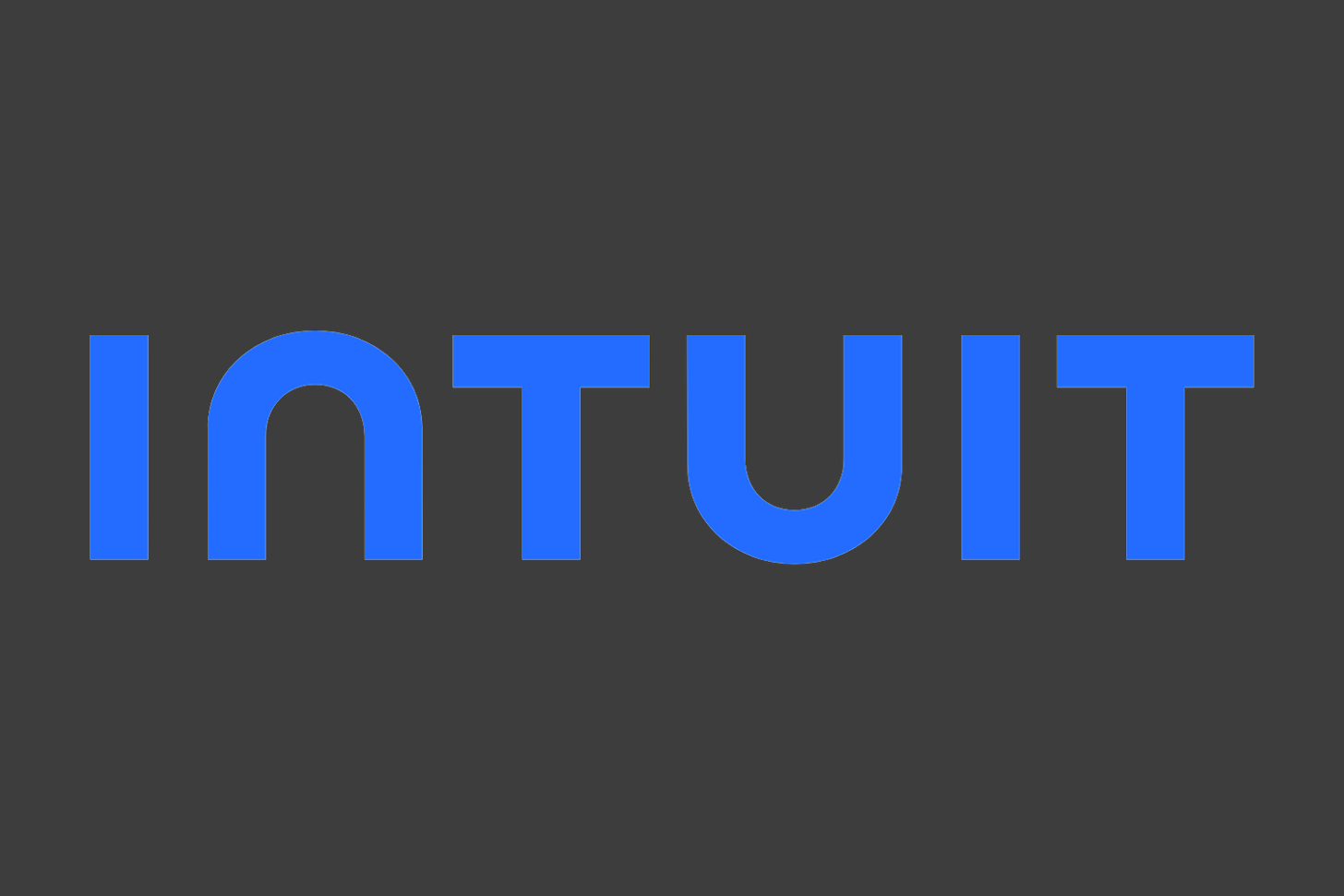Interview Experience - 99 - Intuit | SDE2 Backend | Software Engineer 2
Summary
📌 Job Role: Software Development Engineer
🔢 Number of Rounds: 5
📜 Offer Status: Offer
📍 Location: Bangalore
👤 Candidate Name: Not disclosing due to signed NDA
Interview Process
A drive was conducted for a team-specific hiring at Intuit. All rounds, starting from the second round onwards, were conducted on the same day. It was a knockout process—after each round, I received a call from HR informing me whether I had progressed to the next stage and sharing details of the subsequent round. This format ensured quick decision-making but also made the day quite intense.
Preparation Guide
I didn’t follow a single consolidated preparation source. My focus was on brushing up standard DSA patterns, LLD basics, and discussing problems with peers. Although not explicitly mentioned in this write-up, familiarity with topics like BSTs, heap optimizations, REST APIs, and basic system design concepts turned out to be quite helpful.
Interview Rounds
Round 1: Online Coding Test
Duration: 60 minutes
Difficulty Level: Medium
Experience:
The first round was an online coding test comprising 5 multiple choice questions and 1 coding question. The MCQs were individually timed, with a limit of 1 minute per question, adding pressure to be both accurate and quick. The questions were algorithm-focused, checking core concepts. The coding problem tested implementation skills under time constraints.
Key Learnings:
Time-bound MCQs require clarity of concepts and quick decision-making. It’s beneficial to be well-versed with high-frequency topics like time/space complexity analysis, recursion fundamentals, and bit manipulation.
Round 2: Technical + Craft Question Round
Duration: 60 minutes
Difficulty Level: Medium
Experience:
This was a mix of problem-solving and craft discussion. A day before the interview, a question was shared, similar to “Delete Nodes and Return Forest” from Leetcode. The next day, the discussion began with this question, covering possible variations and edge cases.
We further discussed:
Deletion in a Binary Search Tree: Focus was on approach, not implementation.
Rotations in Complete BSTs (like AVL Trees): Not expecting code, but how to handle balancing conceptually.
Median of a Running Stream of Integers: The classic two-heap approach.
Space Optimization for Two Heaps: This turned into an open-ended conversation on how memory could be saved without losing efficiency.
The round was interactive, leaning more towards understanding thought process and trade-offs.
Key Learnings:
It’s important to be articulate about the "why" behind the approach. Pre-discussion problems can be a way for the interviewer to see depth rather than just accuracy. Brush up on variations of core data structure problems.
Round 3: Technical
Duration: 60 minutes
Difficulty Level: Medium
Experience:
The round started with a DSA coding question:
Longest substring without repeating characters
Post that, we switched to backend concepts:
REST API questions: Designing endpoints, handling errors, and REST principles.
OOP design questions: Focused on abstraction, class design, and object interactions.
The interviewer was interested in how I structured classes and how I modeled real-world problems in code.
Key Learnings:
Be ready to blend DSA with real-world backend development knowledge. Understanding REST isn’t just about knowing HTTP methods—it's about designing clear and robust APIs.
Round 4: Technical
Duration: 75 minutes
Difficulty Level: Medium
Experience:
This was a mix of hands-on coding and a low-level design problem. The coding section had three problems:
After solving these, we moved to a LLD question:
Design Twitter-like system with following features:
User can tweet
User can follow another user
User can block another user
User can search tweets using keywords
Fetch trending tweets
The interviewer wanted a high-level overview of the class structure and relationships. It wasn’t expected to write full code but to articulate how features would be added and how scaling might work.
Key Learnings:
Be comfortable writing clean code that compiles and runs during the interview. In design rounds, clarity and modular thinking matter more than fancy optimizations.
Round 5: Hiring Manager (HM) Round
Duration: 45 minutes
Difficulty Level: Medium
Experience:
This was a behavioral round. We discussed:
My previous project experiences
Situational questions: how I handled conflicts, failures, tight deadlines
Reasons for switching the current organization
My alignment with Intuit’s values and expectations
It was more of a conversation than a formal Q&A session. The manager seemed keen to assess team fit and motivation rather than just skills.
Key Learnings:
Be honest and structured in your responses. Having a STAR (Situation, Task, Action, Result) pattern for situational questions helps in giving clarity and confidence in your answers.
Final Thoughts
Intuit’s process is rigorous but efficient. Having all rounds in a single day can be tiring but gives closure quickly.
Focus on breadth: be equally strong in DSA, OOP, and LLD. No section was skipped or treated as optional.
Be prepared for interviewers who like to discuss rather than just judge. They often test how you collaborate in problem-solving.
Behavioral round matters just as much. Don’t take it lightly.


